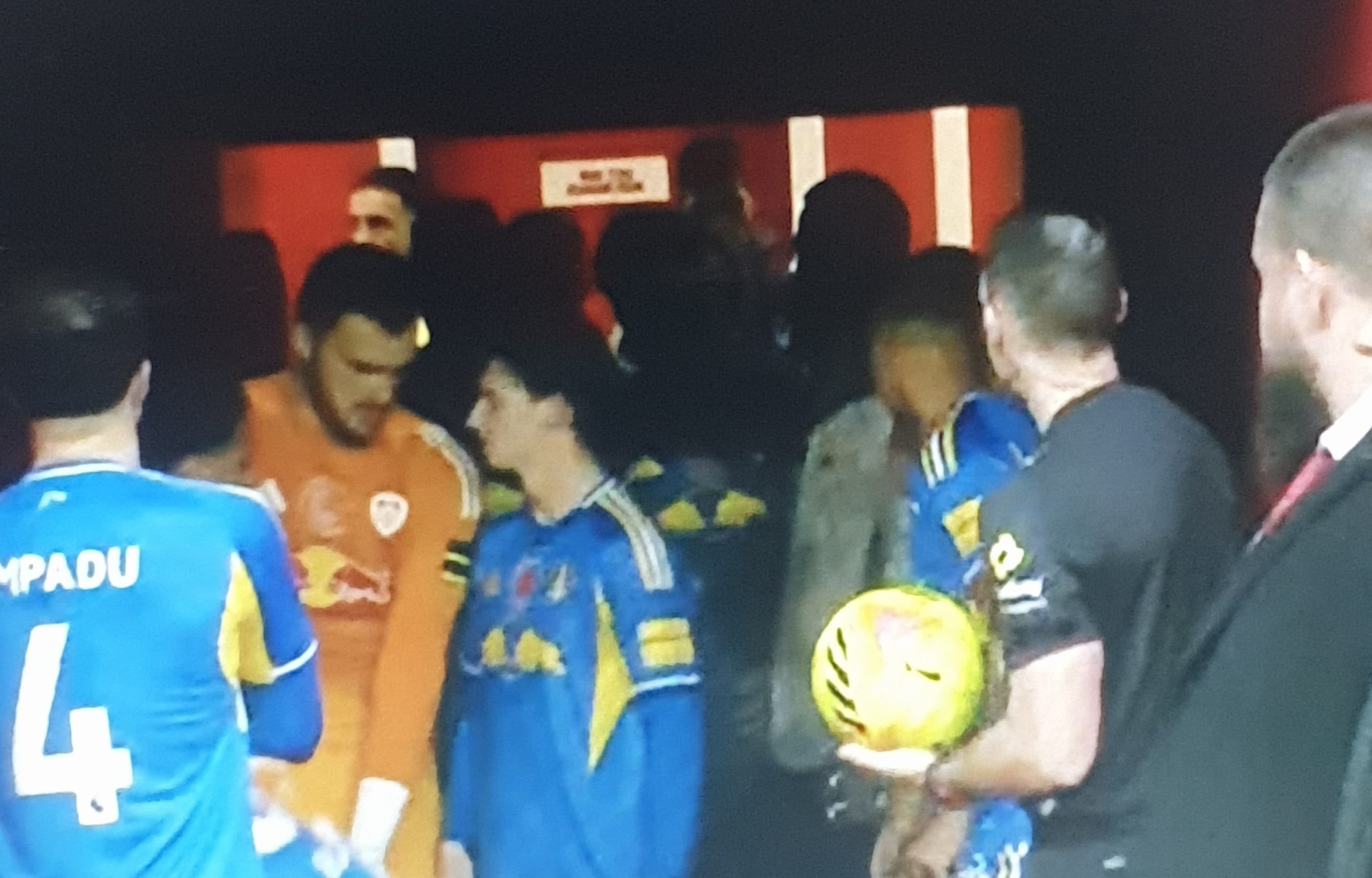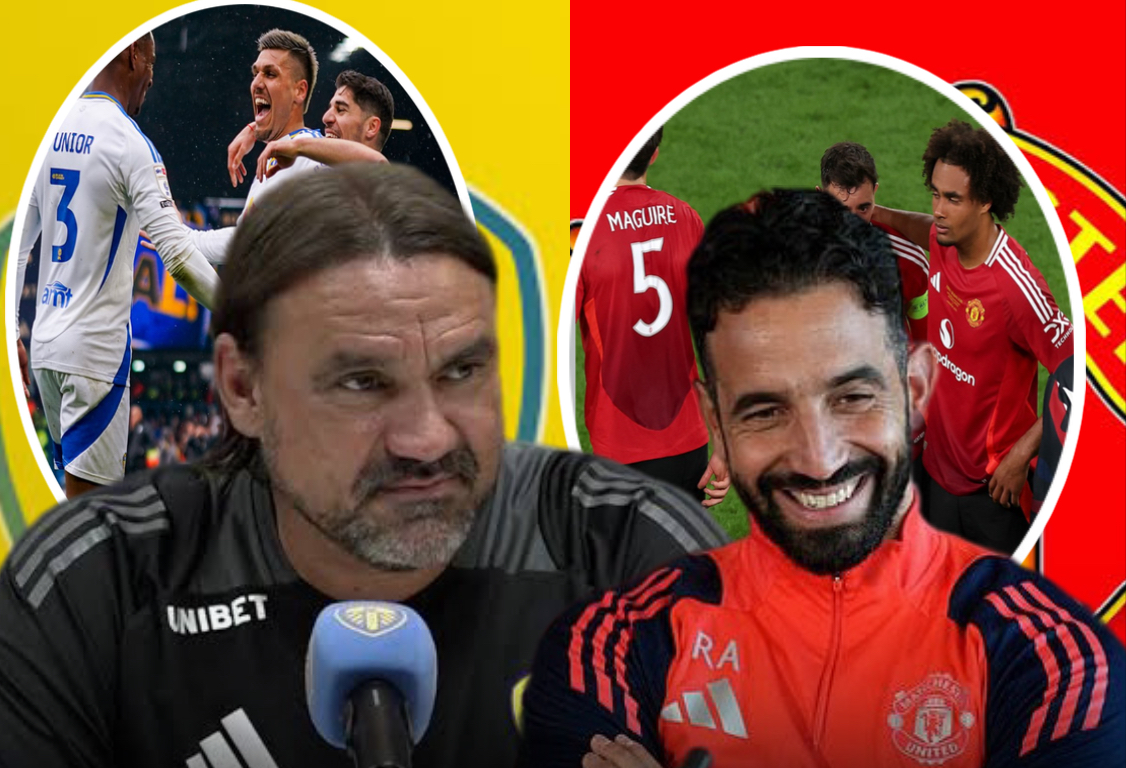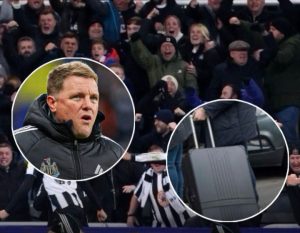WHAT HAPPENED AT HALF-TIME EXPLAINS EVERYTHING, LEEDS UNITED INSIDERS REVEAL WHY THE TEAM COLLAPSED
In what is fast becoming a defining moment of the season for Leeds United, the club’s away trip to Nottingham Forest — ending in a 3-1 defeat — has revealed deep-rooted issues which, insiders say, were already germinating by half-time. While no formal statement has confirmed a “half-time turning point,” sources within the club suggest the conversations in the dressing room, the tactical adjustments and the mental state of the players at the break all contributed directly to the collapse that followed.
✅ The scenario going into the interval
Leeds struck first through Lukas Nmecha early in the game, giving hope of a positive outcome.
At the same time, pre-match analysis had already flagged Leeds’ vulnerability on the road: they had lost their last three trips to Forest, and were conceding too often away from home.
By half-time, though, subtle signs had emerged: Leeds’ attacking impetus faded, their defensive organisation wobbled, and Forest looked increasingly confident.
🔍 What insiders believe happened in the half-time interval
From discussions with club staff and sources close to the dressing room, the following narrative is forming:
Tactical inertia: Despite the lead, Leeds did not appear to change or sharpen their game plan. According to reports, the manager, Daniel Farke, opted for conservative remarks rather than aggressive instructions, giving Forest a chance to regroup and change momentum.
Mental drop-off: Leeds’ players reportedly entered the second half without the same fire or cohesion they exhibited early on. Sources say that the mood in the half-time huddle lacked urgency — a mix of “contentment with the lead” and “unspoken worry” about the away situation.
Forest’s adjustment: On the other side, Nottingham Forest used the break to switch personnel and shift to higher tempo, addressing what had been stifled during the first 45 minutes. Their changes paid off quickly after the restart.
Poor response: When Leeds conceded the equaliser early in the second half (through Ibrahim Sangaré), the half-time talk’s failure to instil resilience became apparent. The game then slipped away rather than being regained.
📉 The collapse that followed the break
Forest’s momentum built rapidly: a header from Morgan Gibbs‑White around the 68th minute turned the game, followed by a late penalty converted by Elliot Anderson.
Leeds could not adjust. Their attempts to respond lacked rhythm, and defensive errors crept in — arguably fostered by the mental and tactical inertia that rooted itself during the break.
The scoreboard itself reflected what the half-time interval seeded: from a one-goal advantage to a two-goal deficit.
🔮Why this matters for Leeds now
The half-time collapse highlights that the problem is not just the starting lineup or first-goal concession — it’s the team’s in-game adaptability, mental sharpness, and leadership under pressure.
For Leeds, this kind of defeat magnifies fears of a downward spiral: fragile away form, inability to hold a lead, and lack of a plan B. According to analysts, Leeds have conceded the opening goal in all their away matches this season and struggle to score when behind.
If halftime is truly where the turning moment was lost, then fixing this means reinforcing how the team re-enters the second half: mindset, message, and tactical flexibility.
Final verdict
It’s clear that while the match kicked off promisingly for Leeds, what happened in the half-time corridor did the real damage. The lack of urgency, the mis-calibrated instructions, and the failure to respond after the break allowed Nottingham Forest to seize control. For Leeds United, the recovery starts with acknowledging that the challenge isn’t just about starting well—it’s about finishing strong, and that begins right at half-time








Post Comment